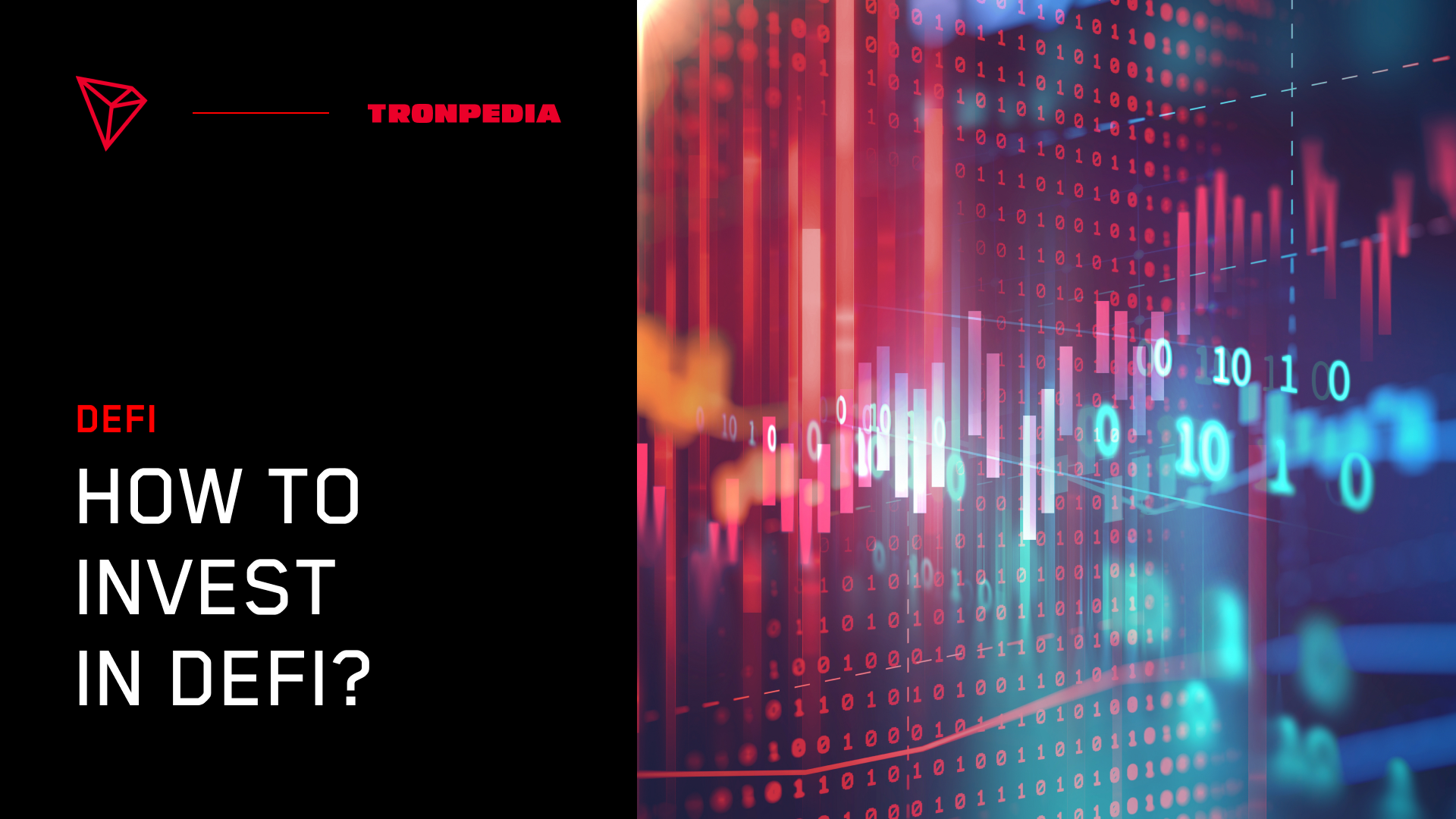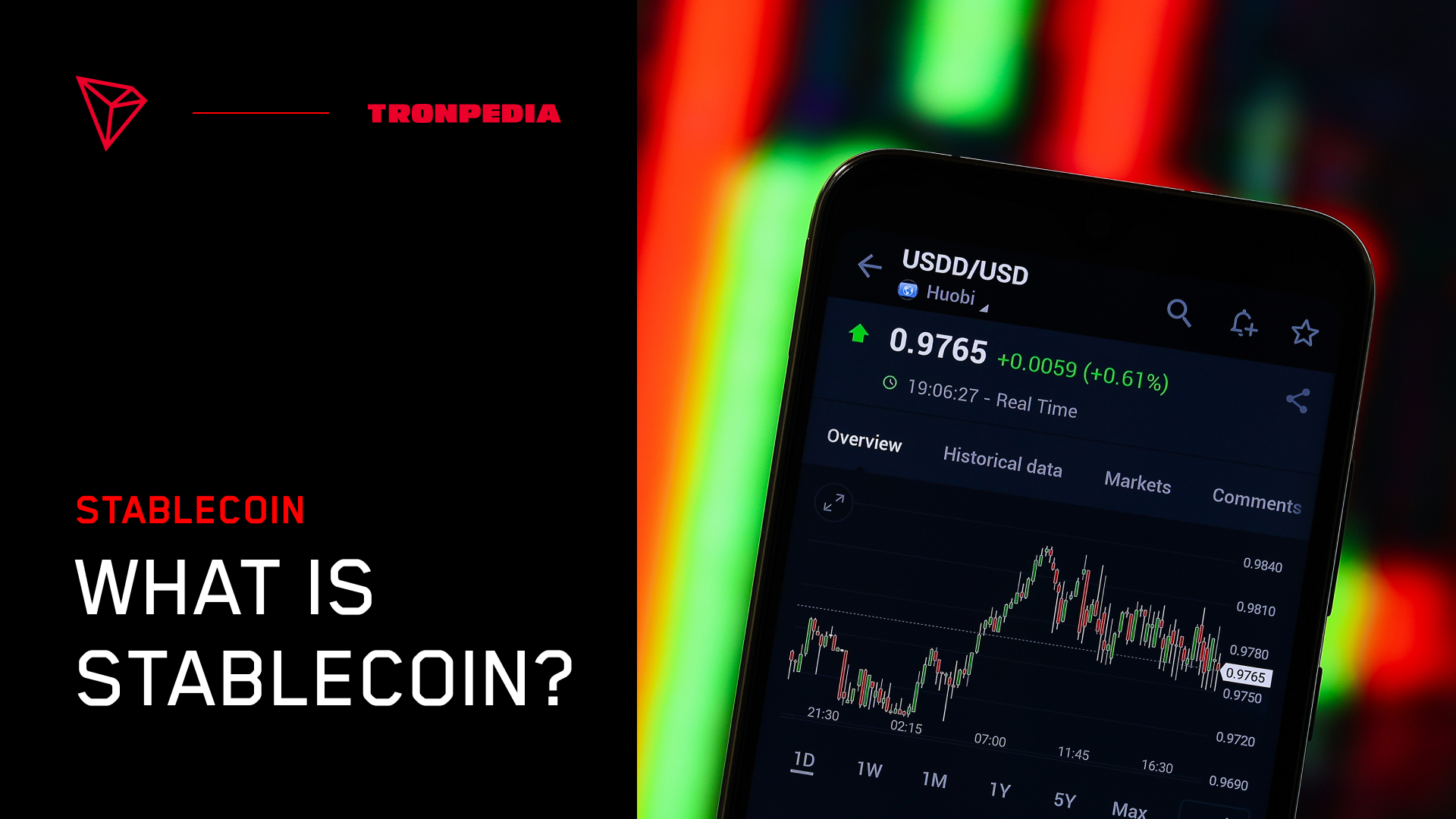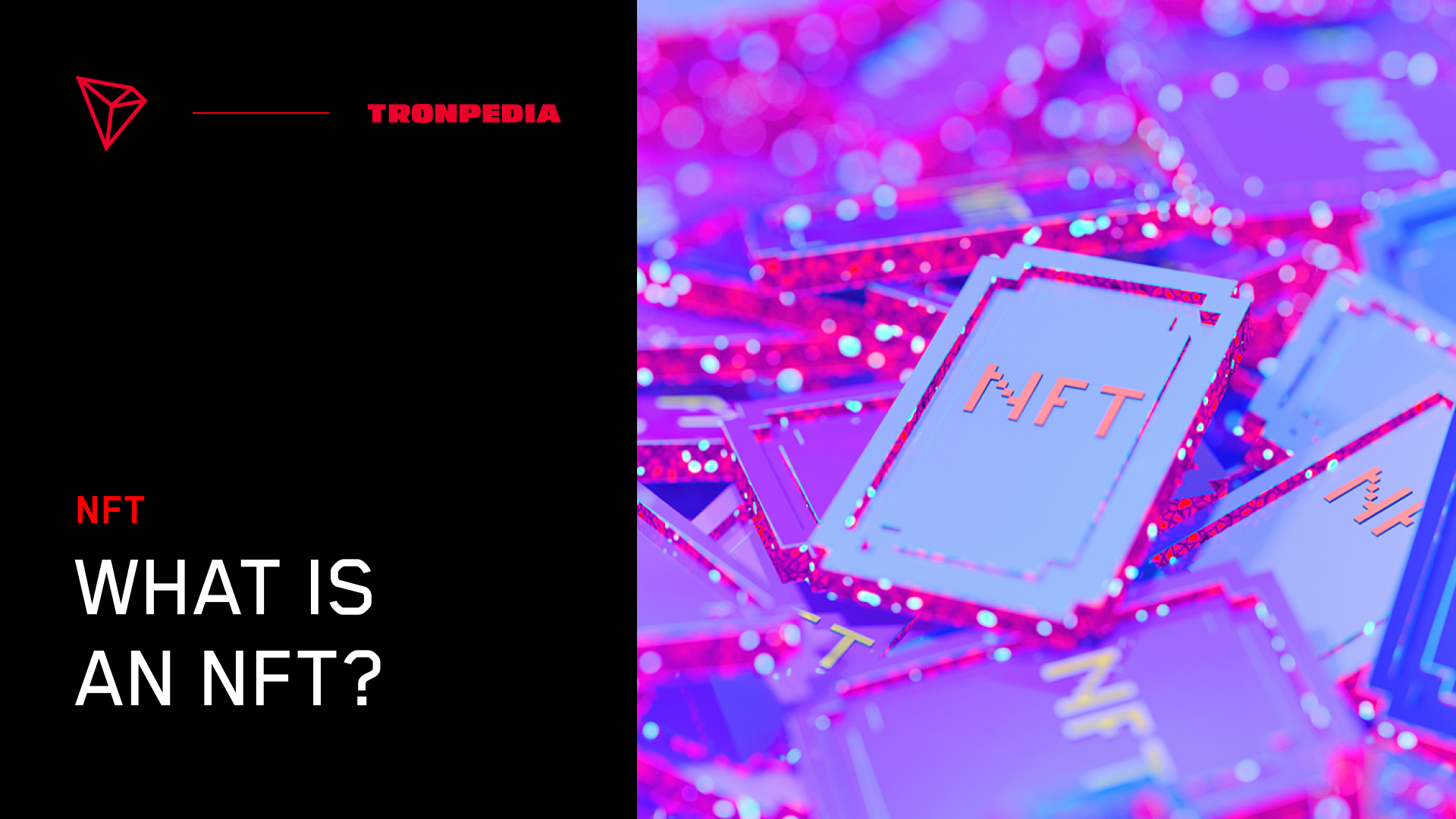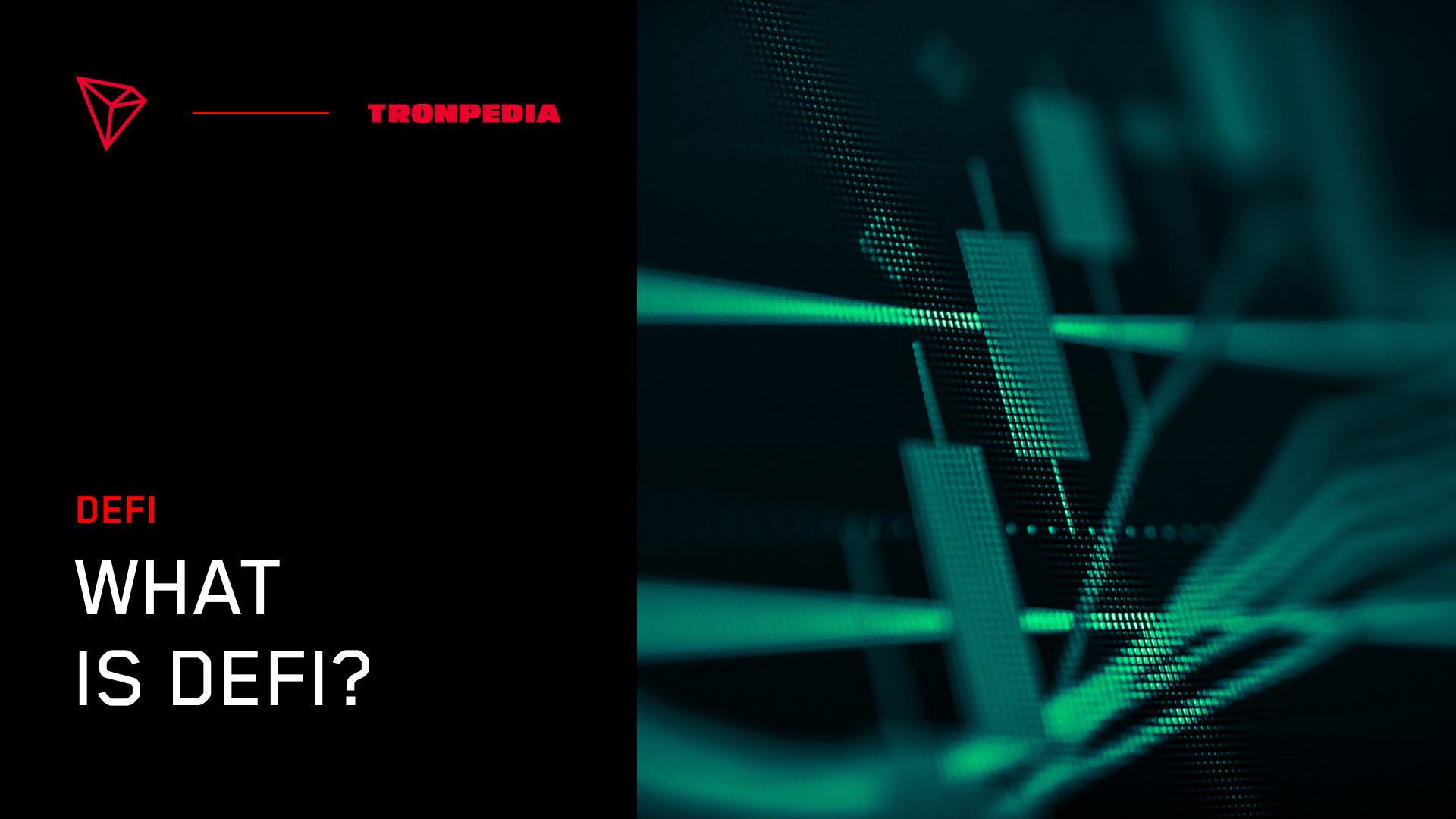What is DeFi?
Decentralized finance, also known as DeFi, is a new wave of financial services that are built using blockchain platforms. These services are designed to provide an alternative to traditional financial products, such as loans, exchanges, and insurance. Unlike traditional financial institutions, which are centrally controlled by a single entity, DeFi applications are open-source and decentralized. This allows users to directly control their own finances without having to go through a middleman. In addition, DeFi applications often offer better interest rates and lower fees than traditional financial products.
DeFi is powered by code that runs on decentralized networks, which allows DeFi applications to offer a wide range of financial services that are not subject to censorship or third-party interference. Some popular DeFi applications include protocols for lending and borrowing, stablecoins, and decentralized exchanges. DeFi applications can offer users a high degree of security and transparency, and they can easily integrate with crypto wallets and payment processors.
How Big is the Market?
Decentralized finance (DeFi) protocols saw explosive growth in 2020, with the value locked in DeFi applications rising from $1 billion to over $13 billion in just six months.
While the majority of this growth has been driven by a small number of well-known protocols, such as Maker and Compound, there are now over 260 different DeFi projects live. And given the current rate of growth, it is reasonable to expect that the value locked in DeFi protocols will exceed $200 billion by the end of 2023. This would represent a ten-thousand-fold increase from where it started just two years ago and cement decentralized finance as one of the most important cryptocurrency sectors.
Why Invest in DeFi?
The advantages of DeFi are numerous. For one, DeFi protocols are permissionless, meaning that anyone can use them without having to go through Know Your Customer (KYC) or Anti-Money Laundering (AML) checks. This makes it easy for users to get started with DeFi and increases inclusion by making sought-after financial services available to people in jurisdictions where traditional financial institutions are corrupt, unavailable, or highly regulated.
In addition, DeFi protocols tend to be much cheaper to use than their centralized counterparts. Because they run on decentralized networks, they don't require costly infrastructure or give cuts to middlemen and can therefore pass on these savings to users in the form of lower fees. Finally, DeFi protocols offer a high degree of transparency thanks to the public nature of blockchain data. This allows users to track their positions and monitor platform activity in real time, giving them unmatched control over their finances.
For all these reasons, DeFi is emerging as a viable alternative to traditional finance. And this trend is only going to continue for years to come. So, if you're looking for a new way to invest your money, DeFi is definitely worth considering.
Ways to Invest in DeFi
1. Tokens
For those looking to get started in DeFi, investing in tokens is one way to tap into this exciting new ecosystem. DeFi’s rapid growth has been driven by the rise of yield-generating protocols, which allow users to earn interest on their cryptocurrency holdings.
First, it is important to do your research and only invest in projects you believe in. Secondly, you should diversify your investments across a number of different protocols to reduce risk. And finally, you should be aware that the DeFi market is still in its early stages and is subject to high volatility. With these factors in mind, investing in DeFi tokens can be a great way to generate yield and participate in the exciting world of decentralized finance.
2. Staking
DeFi staking is a process by which someone can invest their cryptocurrency in a project or protocol in order to earn a return on their investment. In most cases, Defi staking is done through a smart contract, which allows the investor to stake their tokens directly on the blockchain. This provides a number of advantages over traditional financial investing, including greater transparency and security. However, it also comes with some risks, so it's important to do your research before you get started.
Here's a quick guide to DeFi staking:
First, you'll need to choose the project or protocol you want to invest in. There are many different options available, so it's important to select one that is aligned with your investment goals. Once you've done that, you'll need to deposit your tokens into the smart contract associated with the project or protocol. This can be done through a variety of wallets and exchanges. Once your tokens are deposited, they will be locked up for a period of time, typically between one and three months. During this time, you will not be able to access them. However, you will be able to earn interest on your investment, which will be paid out in the form of additional tokens once the lock-up period is over. Finally, once you're ready to withdraw your investment, you'll simply need to send a transaction request through the smart contract. Your tokens will then be sent back to your wallet. The speed at which your tokens will return depends on the blockchain you are using–if you are using TRON, that time will be less than 5 seconds.
3. Yield Farming
Yield farming is another great way to invest in DeFi, as it enables users to earn rewards by providing liquidity to DeFi protocols or staking tokens. Yield farmers can use various strategies to maximize their rewards, but the basic idea is to deposit assets into a protocol and earn returns in the form of interest payments or governance tokens. By staking their assets, yield farmers also help to secure the network and earn trustless, permissionless rewards. If you're willing to take on some risk, DeFi yield farming can be a great way to earn passive income.
What Does the Future of DeFi Look Like?
From lending and borrowing platforms to stablecoins and tokenized BTC, there has been no shortage of innovative DeFi projects. And with over $43 billion worth of value locked in DeFi protocols, it's clear that this is more than just a passing fad. So what does the future of DeFi look like?
For one thing, we can expect to see more projects moving away from Ethereum and onto other blockchain platforms. While Ethereum has been the undisputed leader in DeFi so far, its high gas fees and scalability issues are becoming increasingly problematic. As a result, many DeFi developers are starting to explore alternatives such as TRON and Solana.
In terms of specific applications, we can expect to see continued growth in the area of synthetic assets. These assets allow users to get exposure to a wide variety of assets without actually owning them, which opens up a whole world of new possibilities for hedging and speculation. Additionally, we will likely see more development in the area of decentralized exchanges (DEXes). DEXes have a number of advantages over traditional centralized exchanges, including improved security and privacy. As such, they are well-suited for trading DeFi products.
All in all, the future looks bright for DeFi. With continued innovation in both technology and applications, we can expect this rapidly growing sector to continue reshaping the landscape of finance for years to come.




